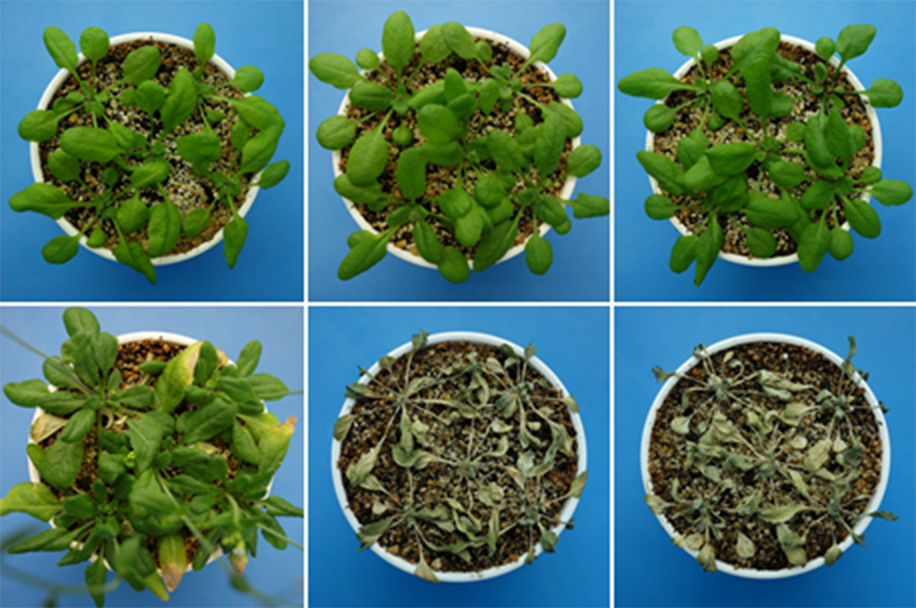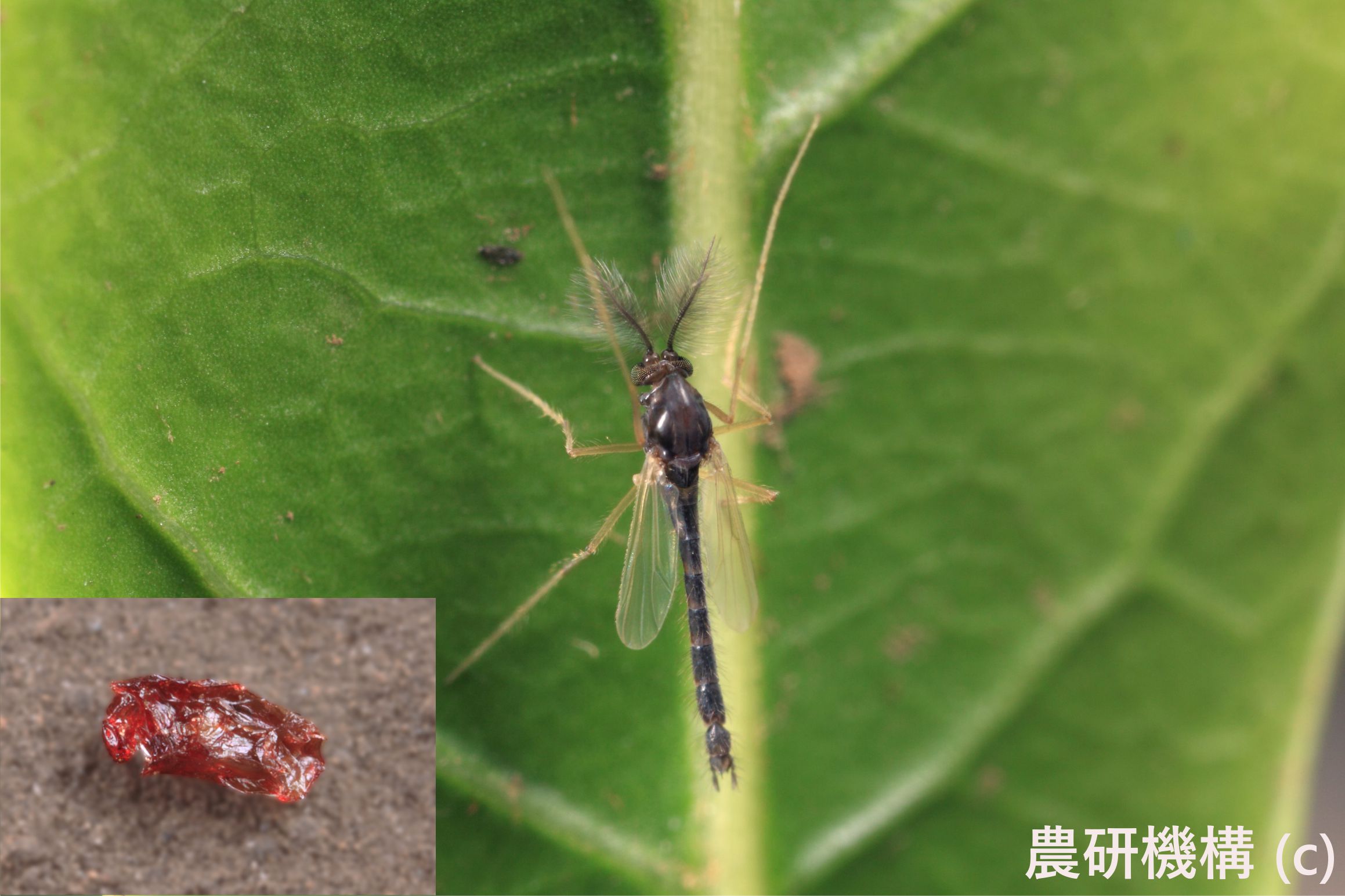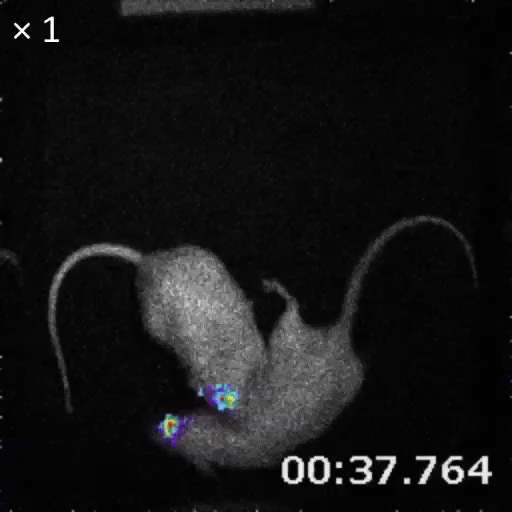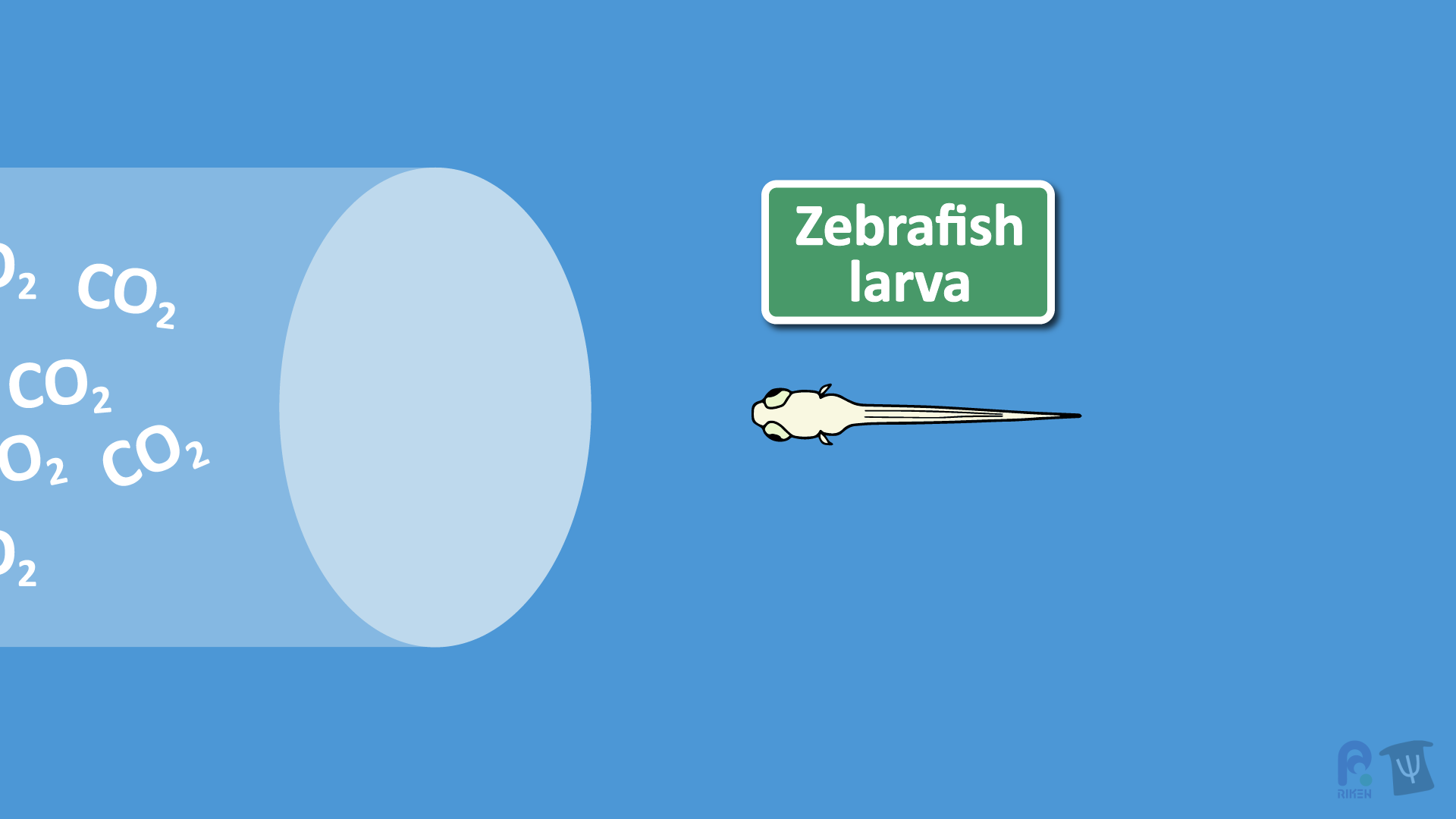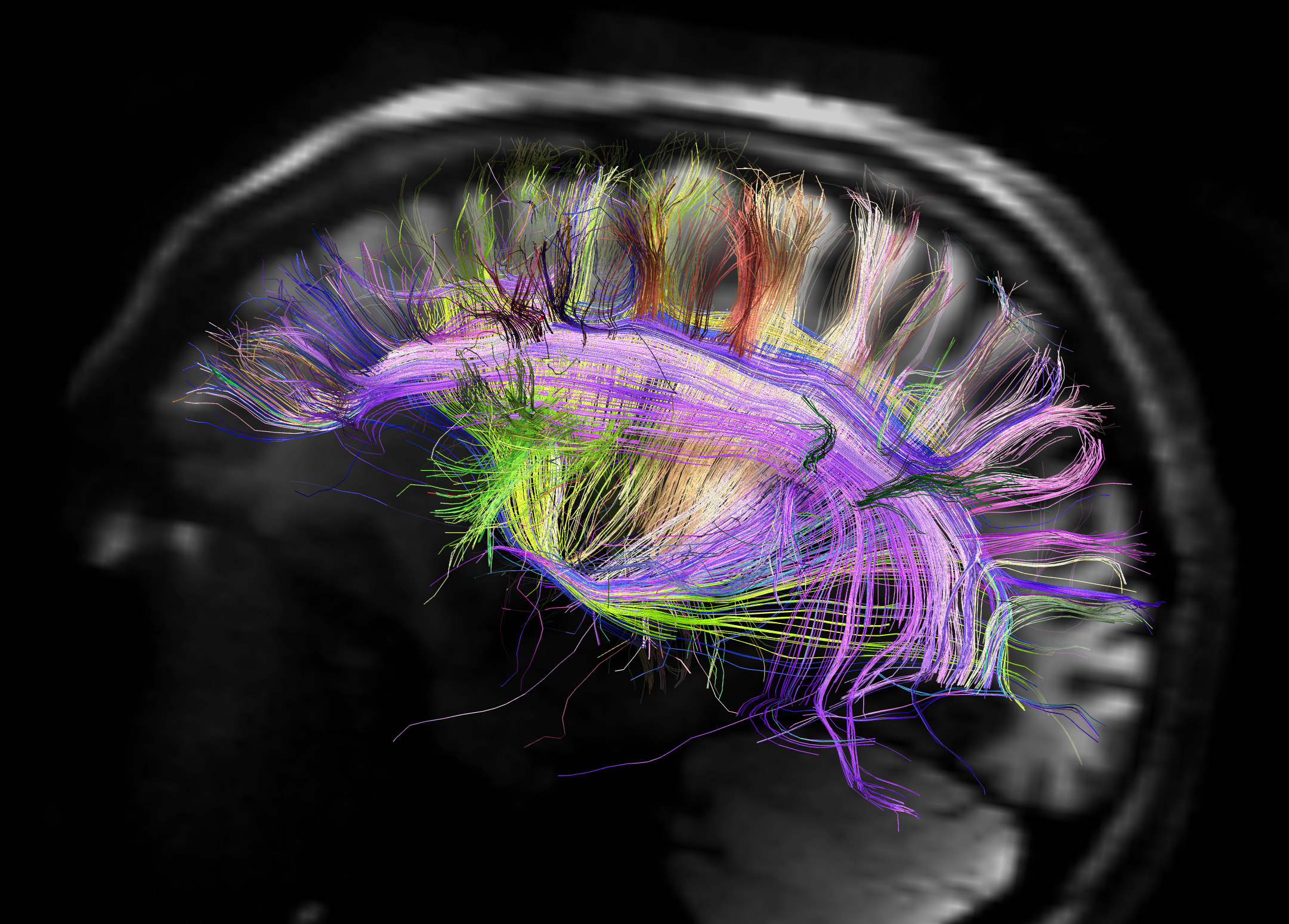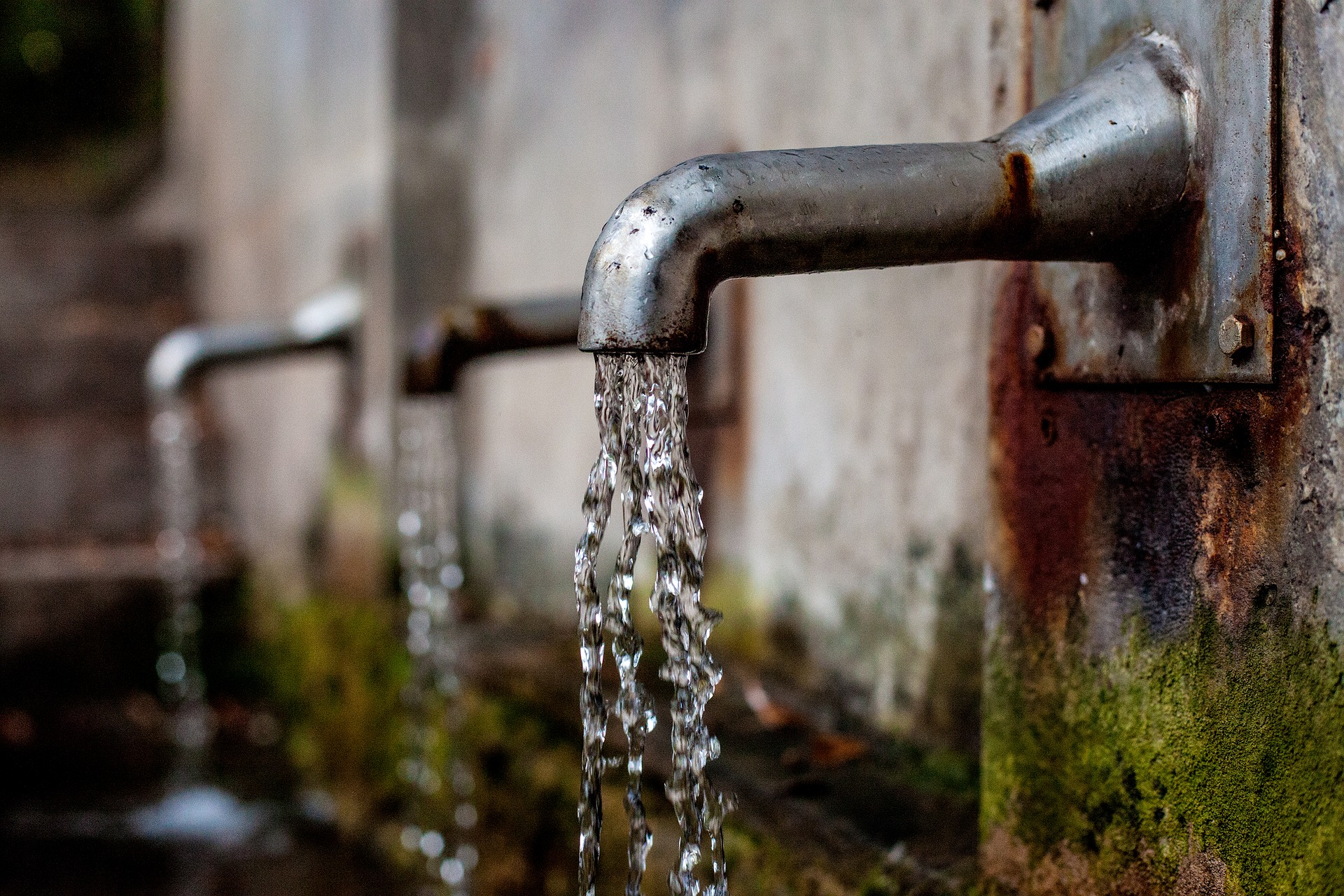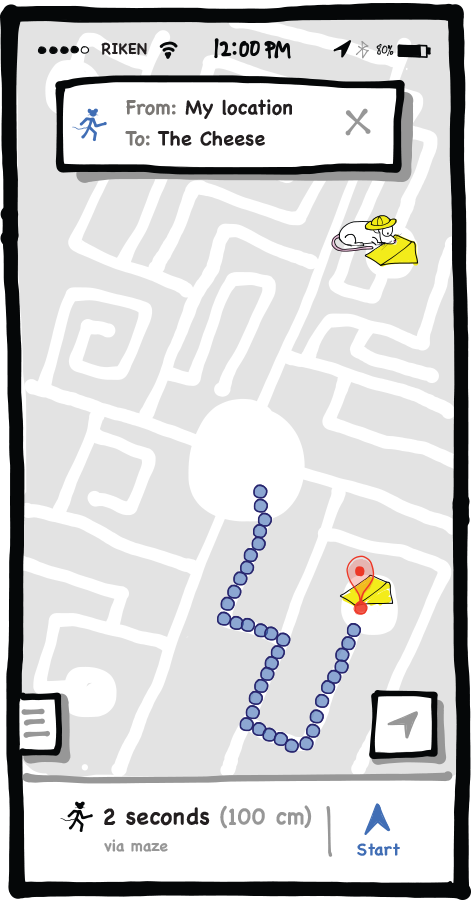Latest research animations
Self-assembly of spider silk
This gut microbe might protect against diabetes and reduce insulin resistance
NEW: One-way hydrogel guides motion of tiny worms!
Latest Posts
No Results Found
The page you requested could not be found. Try refining your search, or use the navigation above to locate the post.
Plant hormone combats dehydration
Heat shock system helps dried up bug come back to life
In living color: imaging the brain with synthetic bioluminescence
Deep-brain exploration with nanomaterials
Running away from carbon dioxide: the terminal connection
Rainbow engineering to make the brain glow
Geostationary satellite enables better precipitation and flood predictions
Clean and green: a moss that removes lead (Pb) from water
The brain’s GPS has a buddy system
Mar
11
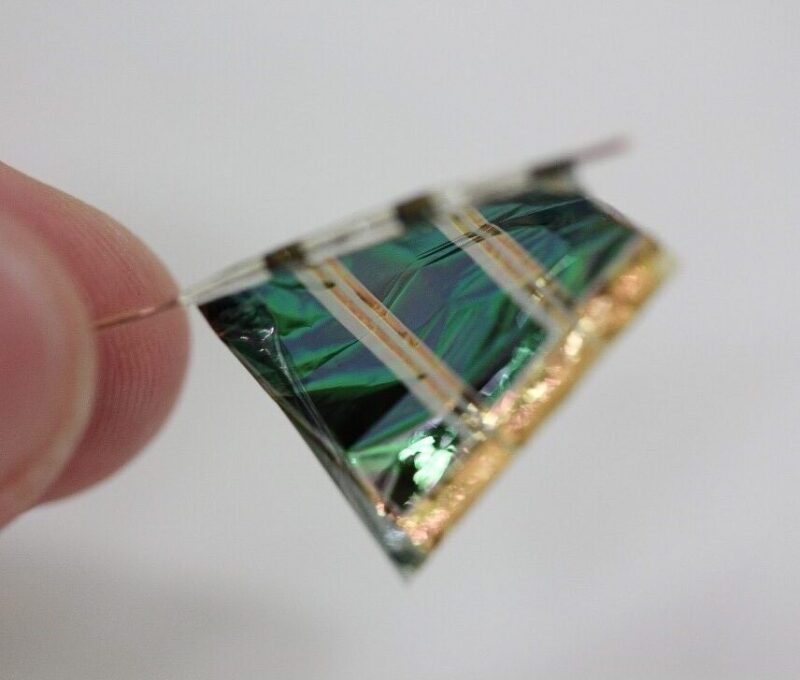
Efficient and durable ultra-thin solar cells
Ultra-thin, flexible, organic solar cells that degrade less than 5 percent after 3,000 hours and an energy conversion ratio of 13%.
Mar
9
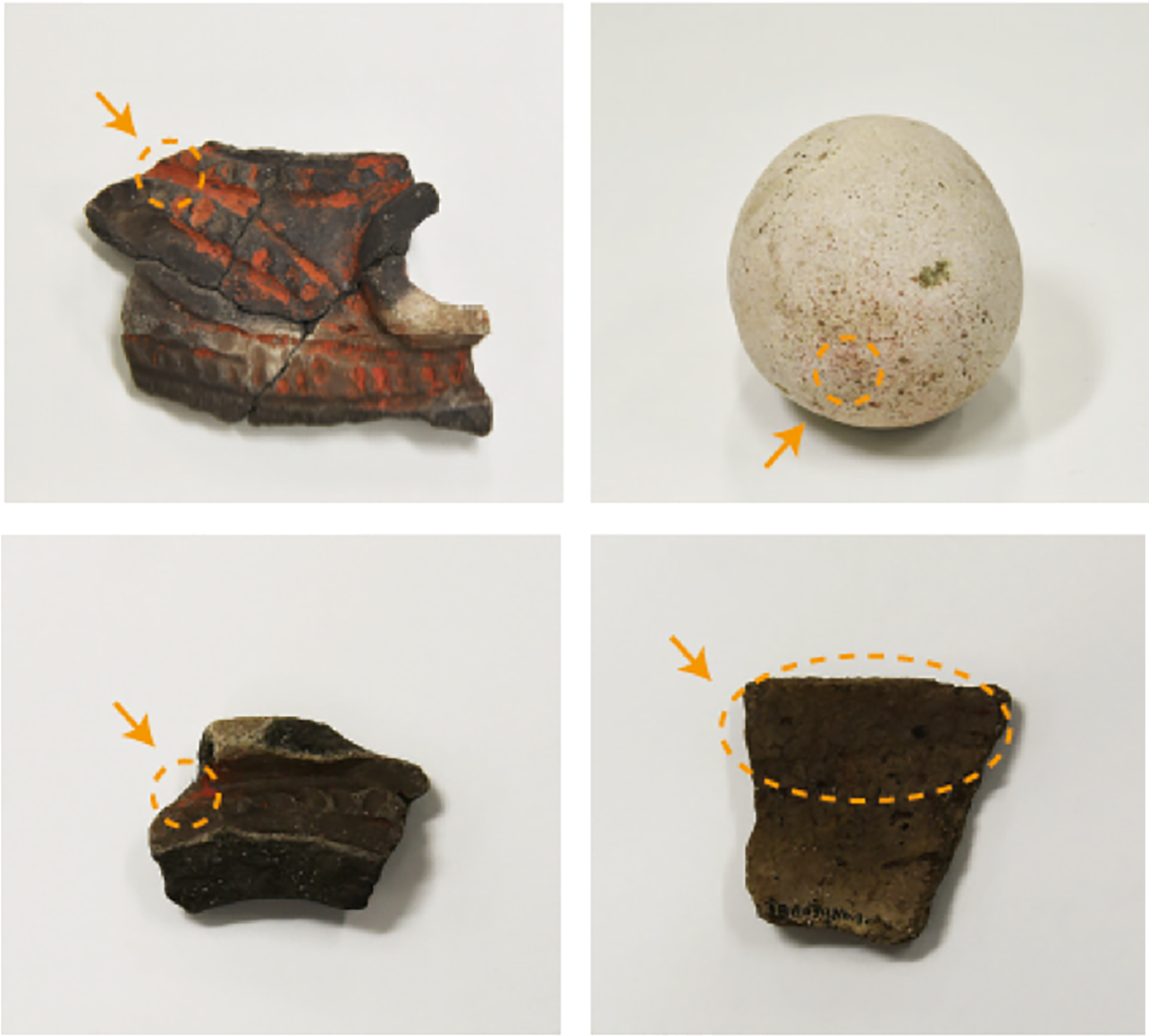
Tape and vermilion: ingredients for mapping artifact origins
Vermilion samples taken from ancient artifacts with sulfur-free tape can tell us about trade patterns 3000 years ago.
Jan
29
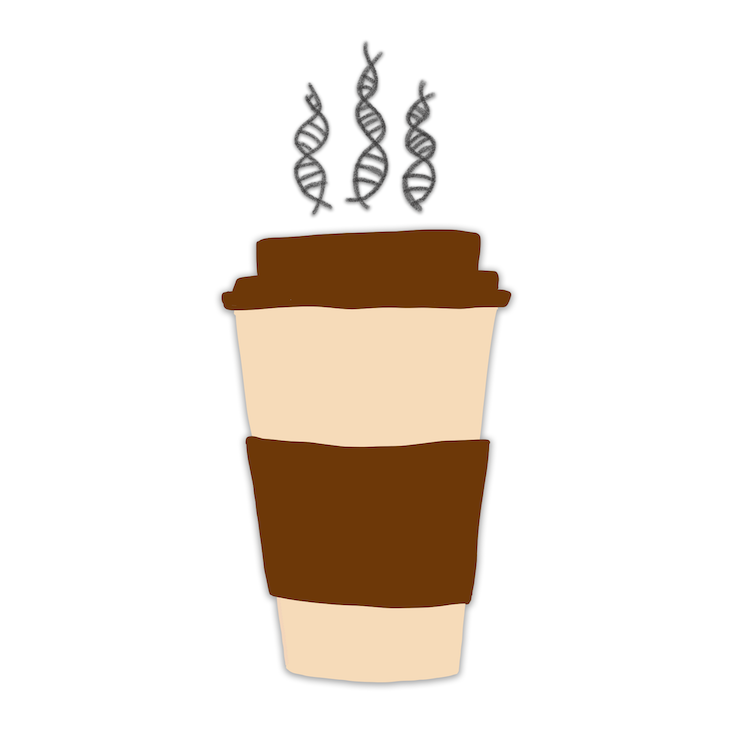
Are you “at risk” of being a habitual coffee drinker?
Several single nucleotide polymorphisms (SNPs) are related to dietary habits, including coffee, tea, tofu, and yogurt consumption.
Jan
24
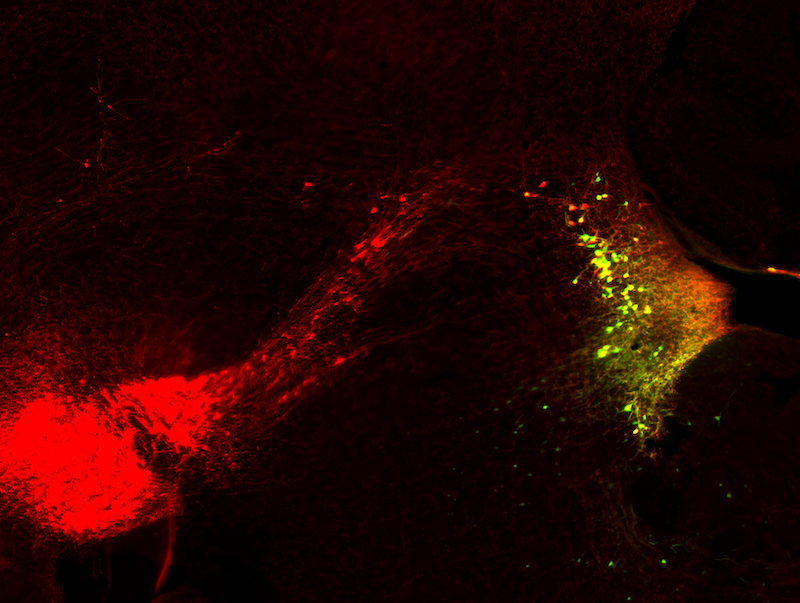
Astrocytes powered by norepinephrine during fear-memory formation
Norepinephrine released in the locus coeruleus during fear learning is accompanied by increased calcium and cAMP levels in nearby astrocytes.
Dec
19
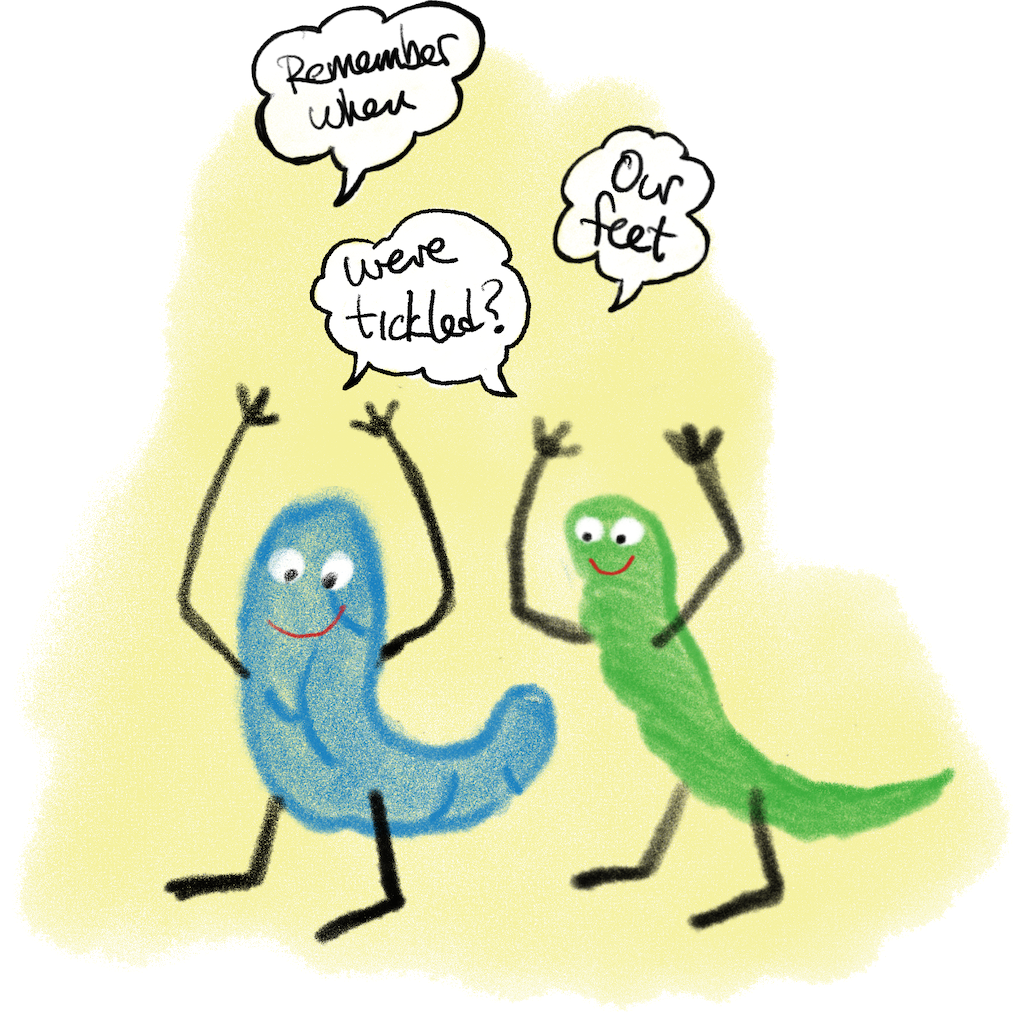
Brain wave synchrony can predict memory age
The degree of neuronal synchrony between the anterior cingulate cortex and the hippocampus during recall is an indication of memory age (in mice).
Dec
18
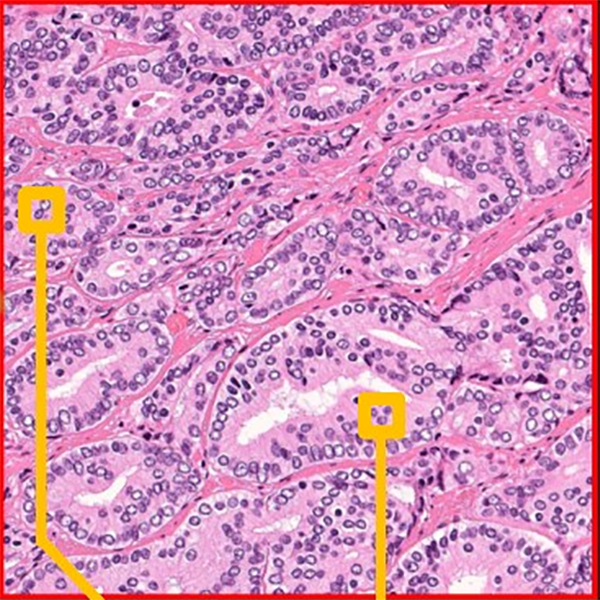
AI identifies features associated with cancer recurrence
Artificial intelligence has successfully identified features relevant to cancer prognosis that were not previously noted by pathologists

